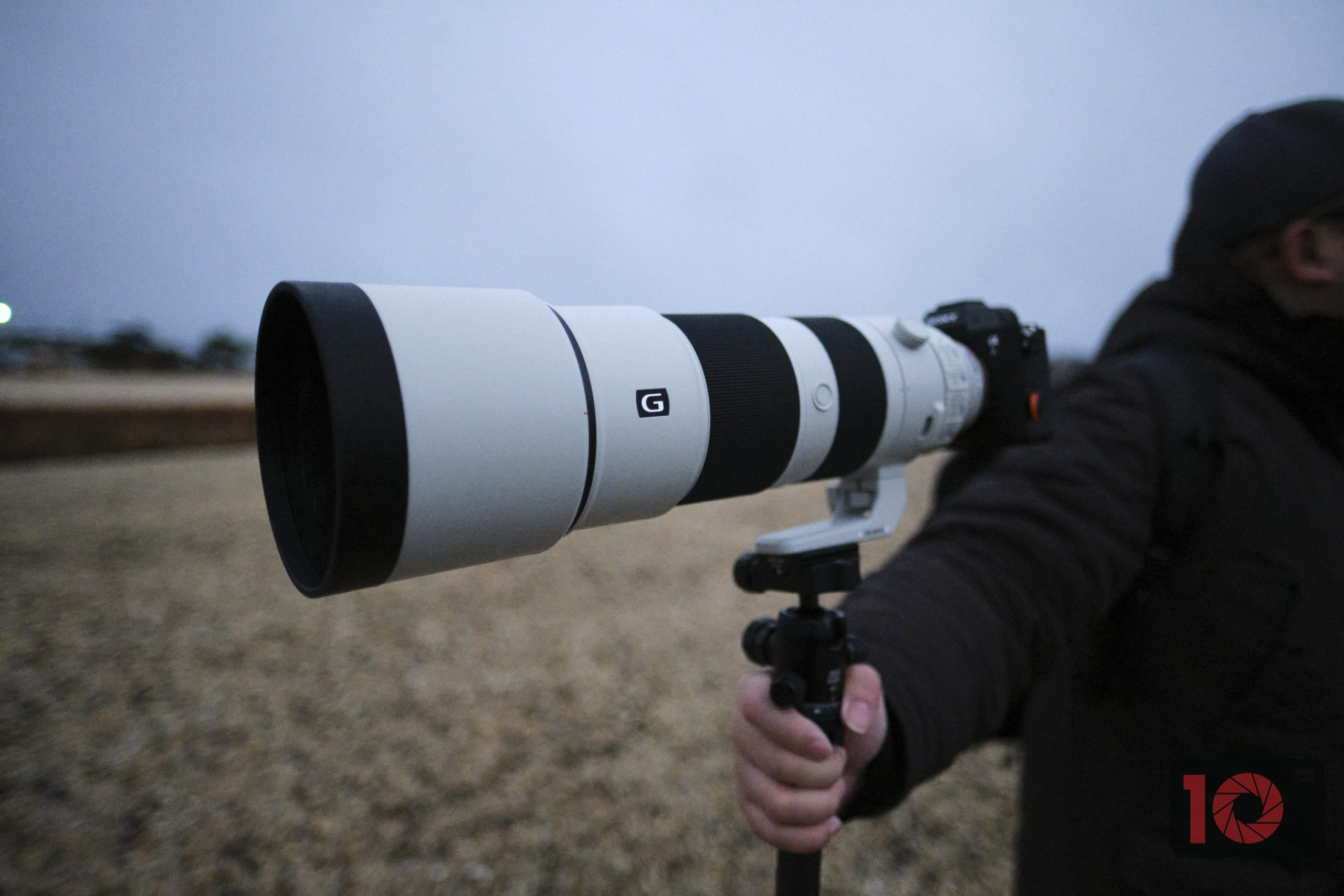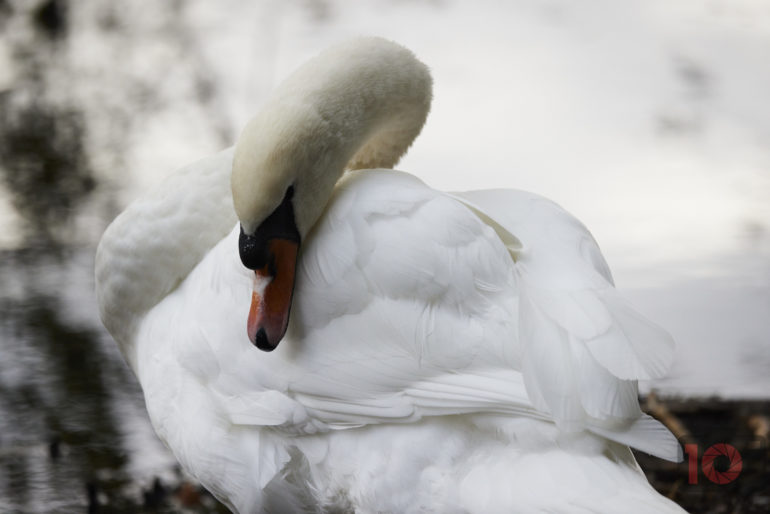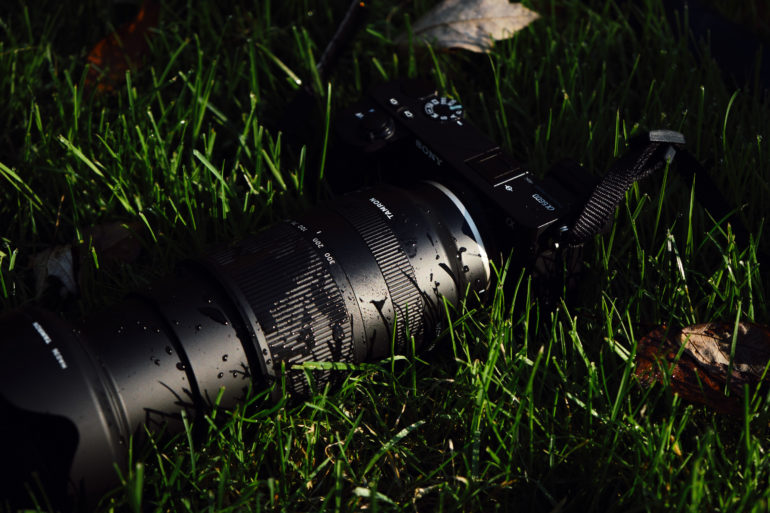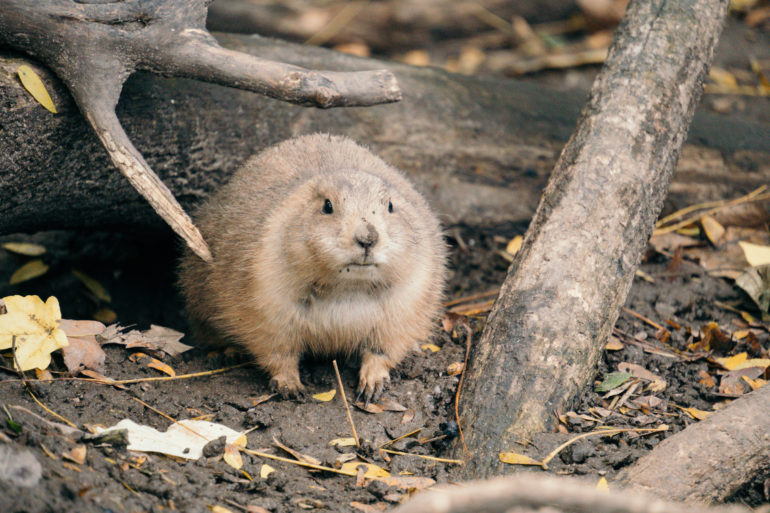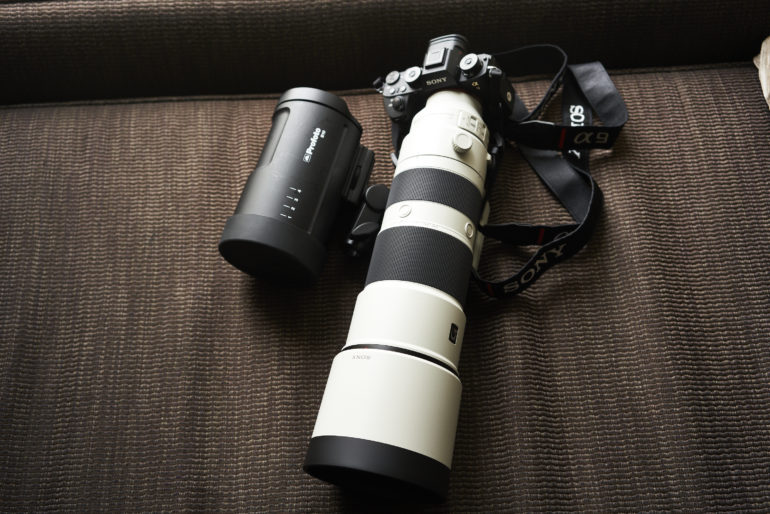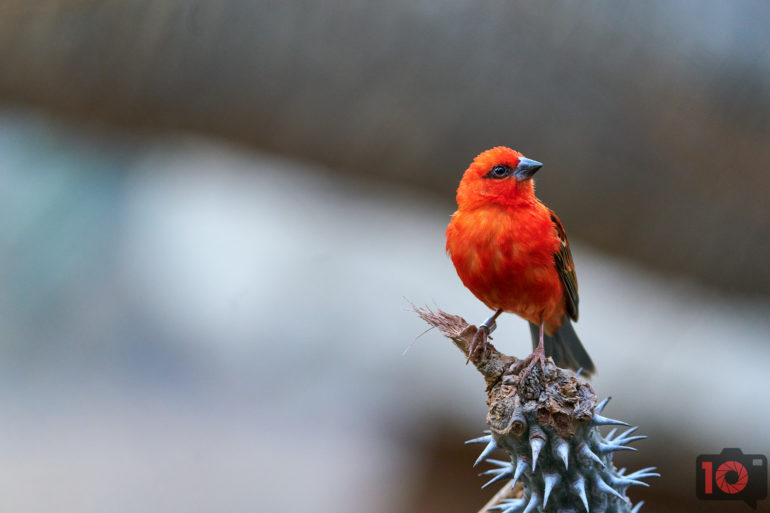There are lenses for wildlife photographers that stand out from the others. Some have the perfect combination of features to meet wildlife photographers’ needs. What are those needs? Well, they have to have fast autofocus. Plus they need to be sharp. But most importantly, they need a very far zoom range. Ideally, you’ll have as few changes to the aperture as possible, but that’s not always the case. We dove into our reviews index to find some of the best lenses for wildlife photographers and birding. Take a look!
The Phoblographer’s various product round-up features are done in-house. Our philosophy is simple: you wouldn’t get a Wagyu beef steak review from a lifelong vegetarian. And you wouldn’t get photography advice from someone who doesn’t touch the product. We only recommend gear we’ve fully reviewed. If you’re wondering why your favorite product didn’t make the cut, there’s a chance it’s on another list. If we haven’t reviewed it, we won’t recommend it. This method keeps our lists packed with industry-leading knowledge. Some of our stories include affiliate links. If you buy something through one of these links, we may earn an affiliate commission.
Pro Tips for Wildlife Photographers and Birding
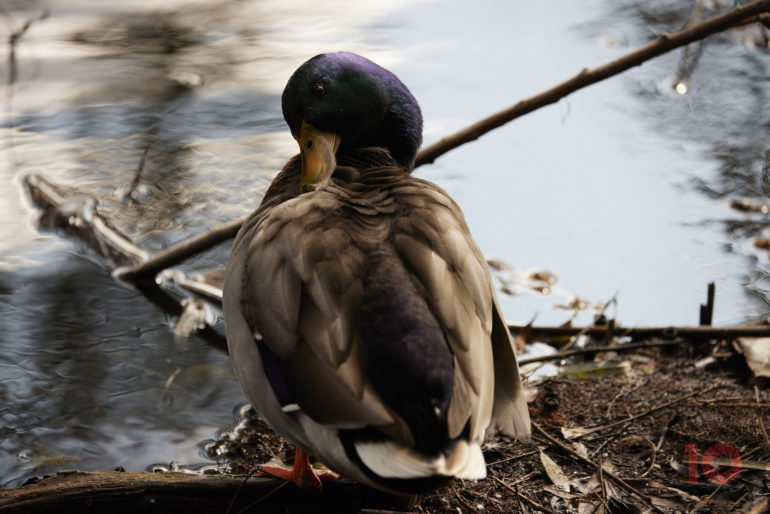
Here are some pro tips for wildlife photographers and those who love birding;
- Some camera systems have animal AF and bird AF. Even if they have that, they still need the necessary lenses for wildlife photographers.
- Go into continuous autofocus mode if you know that you’ll be trying to capture an animal in motion. Otherwise, single autofocus mode works perfectly fine.
- These lenses are very well weather sealed; we tested them out in the field. And they handled a lot of abuse.
- Medium continuous bursts and a high ISO are always recommended when using lenses for wildlife photographers. Even in bright sunlight, you can use ISO 1600 or 800. It just makes sense.
- Be sure to check the weight. The last thing you need is back pain.
Canon RF 100-500mm f4.5-7.1 L IS USM
Tech Specs
- 5 stops of image stabilization within the lens
- Weather sealing
- Customizable control ring
- Compatible with teleconverters
- 9 aperture blades
- 20 elements in 14 groups
- Three-foot minimum focusing distance
- 6 ultra-low dispersion elements
- 8.2 inches in length
- Weighs 3lbs
In our review, we state:
“Something else worth talking about is image stabilization. We tested this lens on the Canon EOS R5 and the Canon EOS R both. With the latest firmware updates, both did an impressive job. The Canon EOS R5 can deliver at least seven stops of image stabilization at the long end of this lens. However, generally speaking, I shoot with it at ISO 1600 and above. In aperture priority, I can get a faster shutter speed this way. What absolutely amazed me, though, is how the Canon EOS R and this lens worked together. At 1/60th of a second, I was able to get acceptably blur-free photos. Considering the reciprocal rule of shutter speeds, that isn’t easy. And for Canon users, it’s nice to know that you don’t necessarily need to upgrade camera bodies.”
Tamron 18-300mm f3.5-6.3 Di III
Tech Specs
- Model: B061
- Focal Length: 18-300mm
- Maximum Aperture: F3.5-6.3
- Angle of View: (diagonal) 77°24′- 5°30’ (for APS-C frame mirrorless format)
- Optical Construction: 19 elements in 15 groups
- Minimum Object Distance: 0.15m (5.9 in) (WIDE) / 0.99m (39 in) (TELE)
- Maximum Magnification Ratio: 1:2 (WIDE) / 1:4 (TELE)
- Filter Size: φ67mm
- Maximum Diameter: φ75.5mm
- Length*: 125.6mm / 4.9 in (Sony); 125.8mm / 5 in (FUJIFILM)
- Weight: 620g / 21.9 oz (Sony / FUJIFILM)
- Aperture Blades: 7 (circular diaphragm)**
- Minumum Aperture F22-40
- Standard Accessory Flower-shaped hood, Lens caps
- Mount: Sony E-mount, FUJIFILM X-mount
In our review, we state:
“The lens is also equipped with Tamron’s VC, which is the company’s form of image stabilization. I shot at 1/8 of a second at both the wide and telephoto angles and still got something relatively sharp. This is, of course, with elbows propped and careful breathing. For more general shooting, you’ll need to bump the shutter speed up much higher.”
Sony 200-600mm f5.6-6.3 G OSS
Tech Specs
| General | |
| Brand | Sony |
| Lens Series | G OSS |
| Color | Black |
| Lens Type | Telephoto Zoom |
| Lens Mount | Sony E (Full Frame) |
| Format Compatibility | 35mm Film / Full-Frame Digital Sensor |
| Focus | |
| Focus Type | Auto Focus |
| Closest Focus Distance | 7.88′ / 2.4 m |
| Optics | |
| Focal Length | 200-600mm |
| Angle Of View | 35mm: 12 – 4 degree 30 – 10′ |
| APS-C 8-2 Degree 40′ | |
| 35mm Equivalent Focal Length | 300-900mm |
| Maximum Aperture | f5.6-6.3 |
| Minimum Aperture | f32 – 36 |
| Maximum Magnification | 0.2x |
| Filter Size | 95mm |
| Construction | |
| Lens Elements / Groups | 17 Elements / 22 Groups |
| Diaphragm Blades | 11, Rounded |
| Dimensions Diameter x Length | 4.50 x 12.6″ (111.5 x 318 mm) |
| Weight | 74.7 oz / 2115 g |
| Features | |
| Image Stabilization | OSS |
In our review, we state:
“Throughout our time with the Sony 200-600mm f5.6-6.3 G OSS, we experienced the most responsive autofocus performance when the lens was paired with the Sony A9 II. This is no surprise given how tremendously advanced that camera’s autofocusing capabilities are. When paired with the higher resolution A7R III and A7R IV, the 200-600mm was no slouch either. We were able to lock onto and track fast-moving subjects like birds in flight and airplanes without any issues. The Sony 200-600mm f5.6-6.3 G OSS is an ideal companion for sports and wildlife photographers shooting with the latest generation of Sony mirrorless cameras.”


